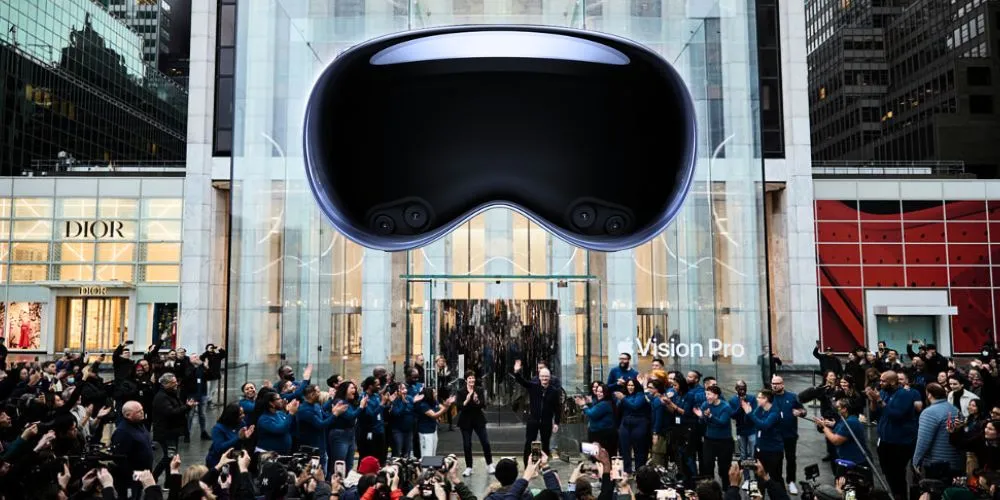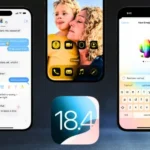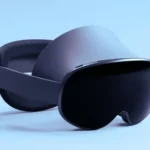Apple’s much-anticipated Vision Pro, its first new product in seven years, made its official debut in stores across the US, drawing eager crowds and high expectations for its innovative features. On Friday morning, CEO Tim Cook personally welcomed customers at Apple’s flagship store in New York City, where around 200 enthusiasts queued up ahead, reflecting the widespread excitement surrounding the device.
The Vision Pro represents a bold leap into mixed reality, combining virtual and augmented reality technologies. Cook has touted its potential to revolutionize communication and collaboration, calling it “the most advanced consumer electronics device ever created.”
However, with a hefty price of $3,499, the Vision Pro is not a mass-market product. Additional accessories, including prescription lens inserts and a travel case, can drive the total cost up to $4,600, making it primarily appealing to dedicated Apple enthusiasts and developers.
Despite the steep price, the Vision Pro offers an unparalleled user experience, with immersive videos and lifelike interactions that showcase the future of computing. Its sleek design, comfortable fit, and intuitive interface make it a standout device in the emerging mixed-reality market.
Early reviews highlight its versatility, from productivity tasks like working and browsing to leisure activities like watching movies and exploring virtual environments. Its spatial photo feature, which displays images in 3D, adds an extra layer of realism to the viewing experience.
Apple has incorporated a custom chip to reduce latency to address motion sickness concerns common in similar products, ensuring smoother performance. Surround sound audio pods deliver immersive sound quality, enhancing the sensory experience.
While initial demand has been strong, with estimated sales of 160,000 to 180,000 units during the first pre-order weekend, analysts anticipate that the Vision Pro will remain a niche product in the near term. However, it sets a new standard for mixed-reality devices and potentially reshapes how we interact with technology in the future.









